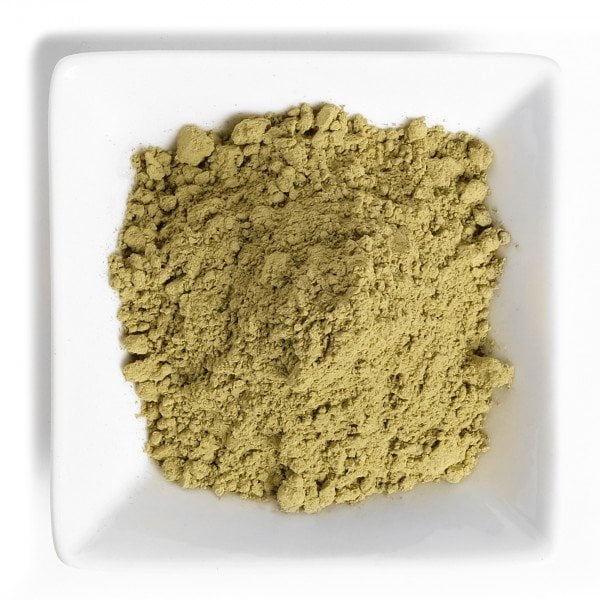Red, green, and white. We recognize these colors often: perhaps when gazing into a field of lovely flowers or stuffing your face with deliciousness at your favorite Italian restaurant. Here’s your chance to learn more about the colors of kratom and answer some questions you may have about strains. For a more detailed breakdown, check out our Kratom Strain Comparison Chart.
The Colors and Regions
In the traditional way to categorize kratom, the color refers to the vein on the leaf and indicates how mature the leaves are at the time of harvest. Red is known for having the most time to mature, while white has the shortest time, and green is in the middle. The secondary name is the region in which the product was grown or where that strain originated from. Some names you’ll probably recognize are Sumatra, Bali and Borneo.
Sometimes you’ll see names of products that don’t have a color! This usually means the strain is either a mix of different veins or the information is on the company’s website.
There are two other common names found in nearly every vendor’s product list. Those are Maeng Da and a variety of Horned strains. Maeng Da is a translation of “pimp” in Thai and eventually took on the meaning “pimp grade” in the kratom industry. This is more of a hybrid option, developed by grafting multiple strains to emulate the desired characteristics of the parent plants. Horned kratom refers to the shape of the leaf itself, which is generally perceived to be a naturally occurring mutation.
Maeng Da and Horned kratom were at one point used interchangeably, probably because the mutation occurred during crossbreeding. Due to so many variations these days, Maeng Da will usually account for higher alkaloid content while Horned is simply the shape of the leaf.
The Hubbub!
There’s no doubt that the leaves have different colored veins, but there’s some hubbub in regards to exactly how the leaves’ colors come to be. Certain people assert that it’s due to the maturity of the leaf, and others will insist that it’s the drying process that changes the veins’ colors and that all American kratom products come from the same variety of leaf.
I’ve seen a ton of supposed examples of different drying processes, such as drying indoors for a portion of time then outdoors to finish, or drying without any sunlight versus only utilizing sunlight to dry. With so many differing ideas being shouted into your ear, my best advice is to contact your vendor and ask for as much info as possible about the quality and conditions of the products you wish to purchase.
WTF is Yellow Kratom?
The yellow strain – or vein as some are marketing it – could mean a bunch of things. Yellow kratom is not globally recognized as an official strain. I’d assume that’s because there’s so much conflicting information about it. Some say it’s as simple as dying the leaves before the drying process, while others say it’s the actual method of drying the leaves that create the yellow hue. There are also claims that it’s the rarest variety of tree that only grows in a specific region.
Yellow kratom is without question a new development. I highly recommend you contact your vendor if they sell yellow kratom and make sure they can answer all your questions. Is it dyed? Where is it from? Is it a mixture of different veins or strains? You can even request a certificate of analysis from a testing laboratory.
Wait, there’s more! Have you ever seen a kratom product labeled as “Gold” and wondered what that meant? I’ve seen some sites claim it’s a more potent yellow strain. I’ve also heard that a gold strain uses the same drying method as yellow, but with a different starting vein color. Generally, Gold (and Platinum, etc.) are common descriptors for products to gain some classiness points in any industry, and in kratom it can indicate anything from alkaloid content to combining vein colors.
Closing
Wasn’t that fun? Everything is always better when it’s color coordinated. If you’re wondering which one is right for you, I suggest listening to your body and assessing its needs. What’s your favorite color?











